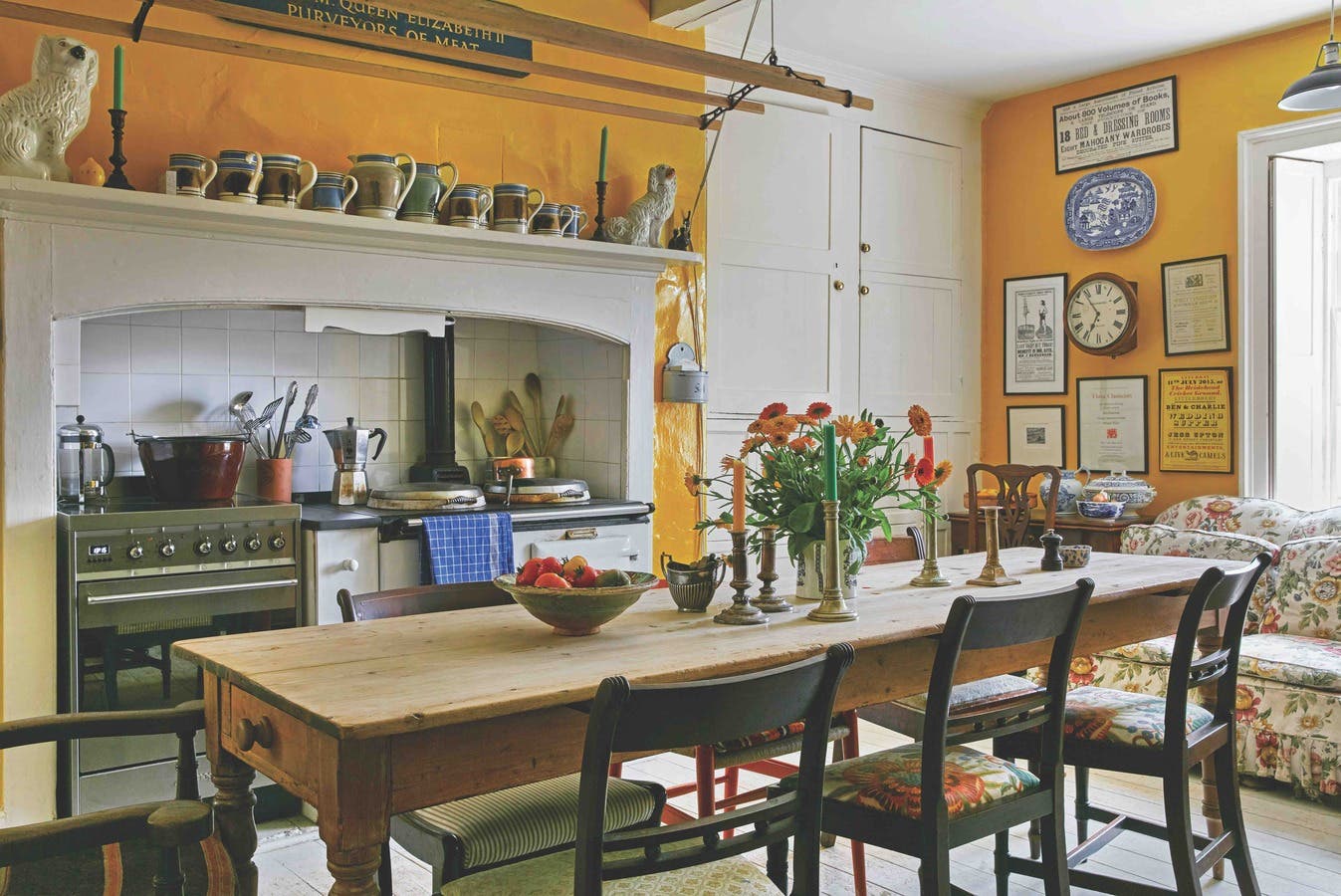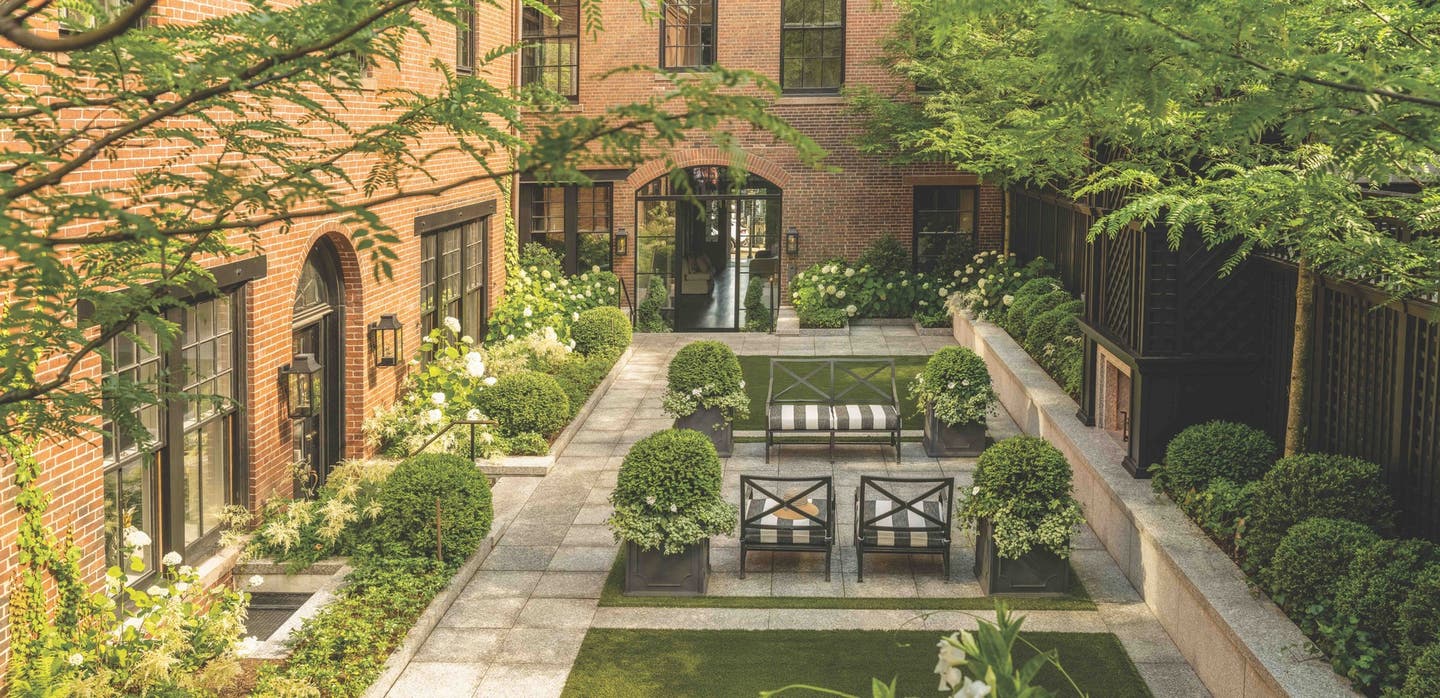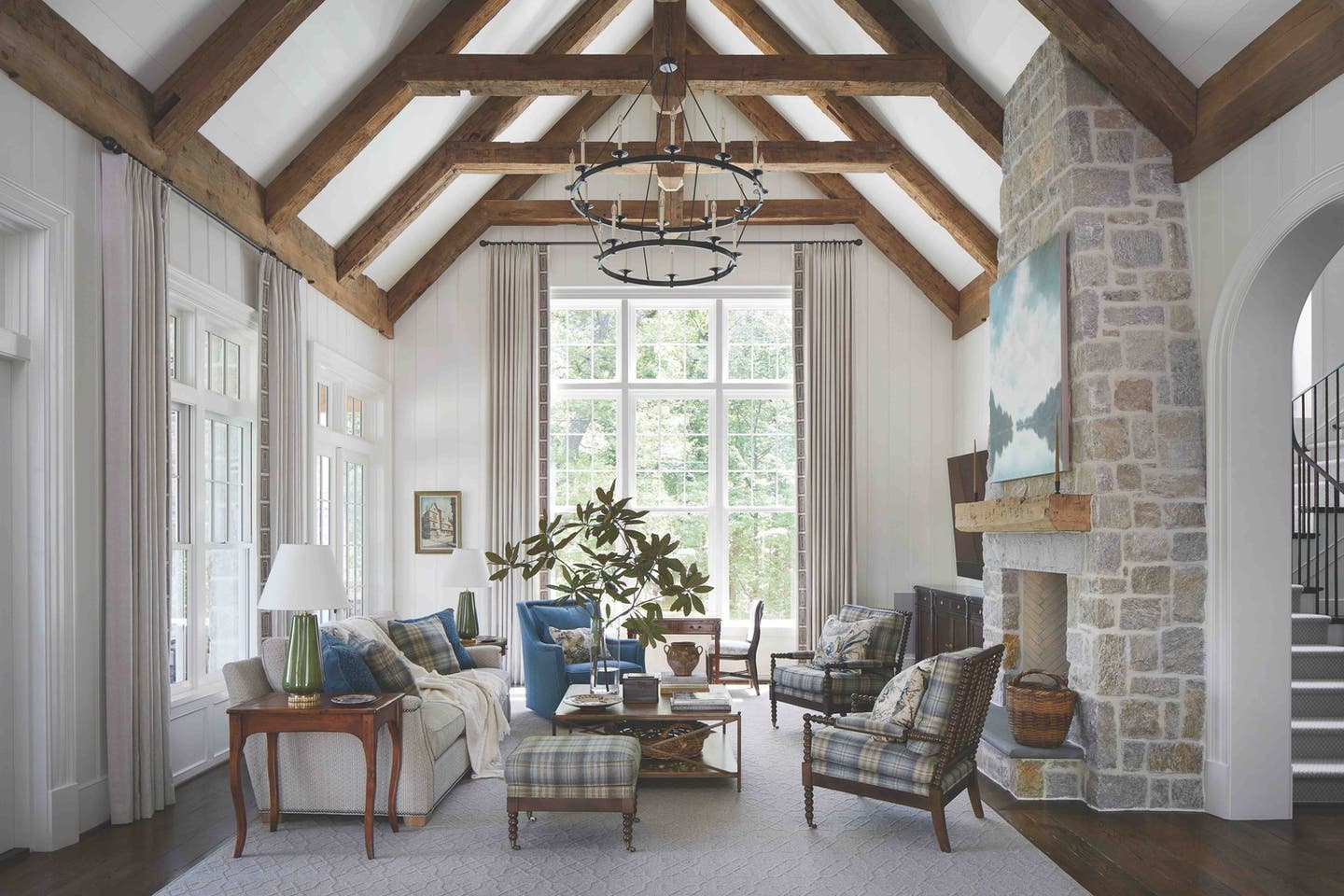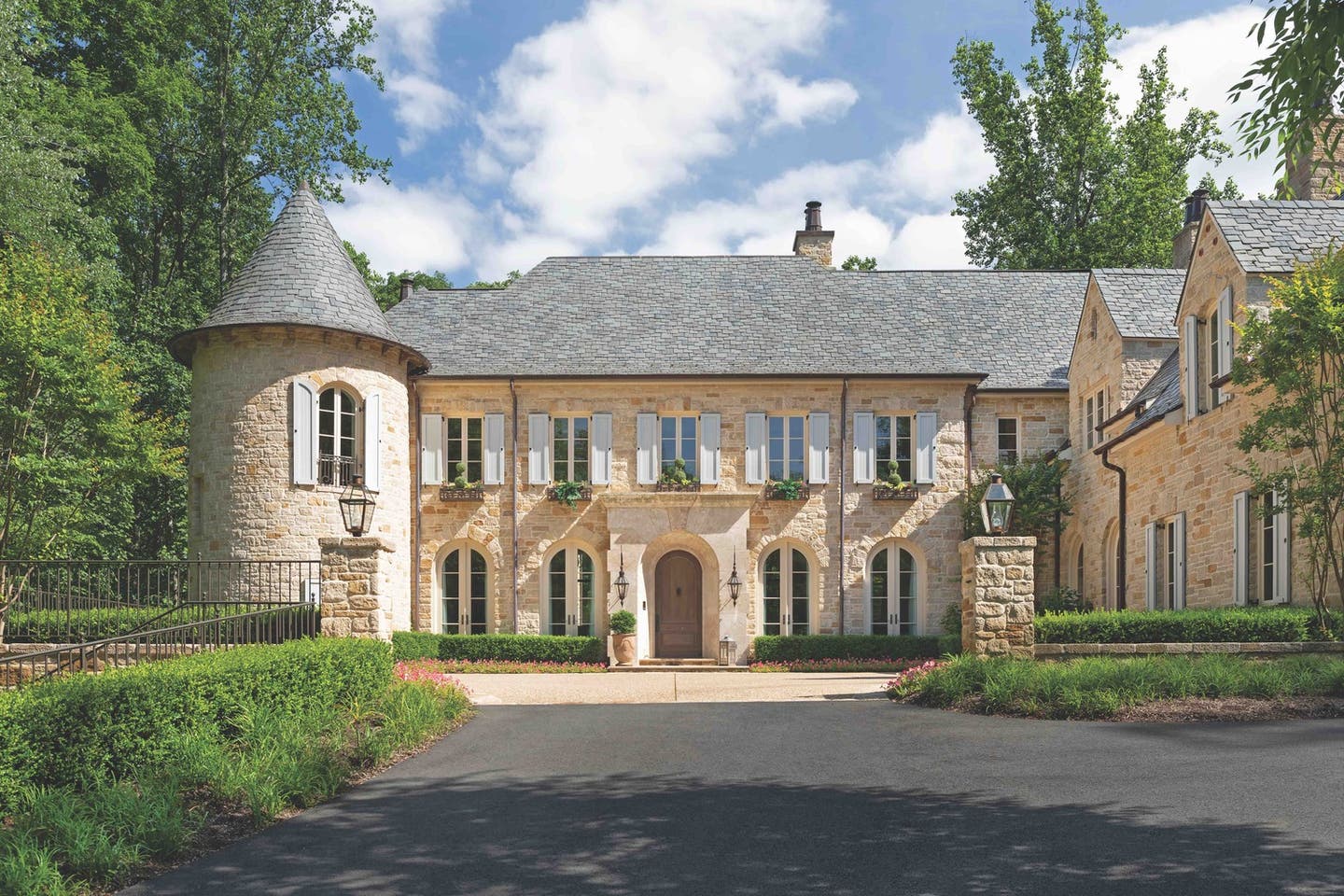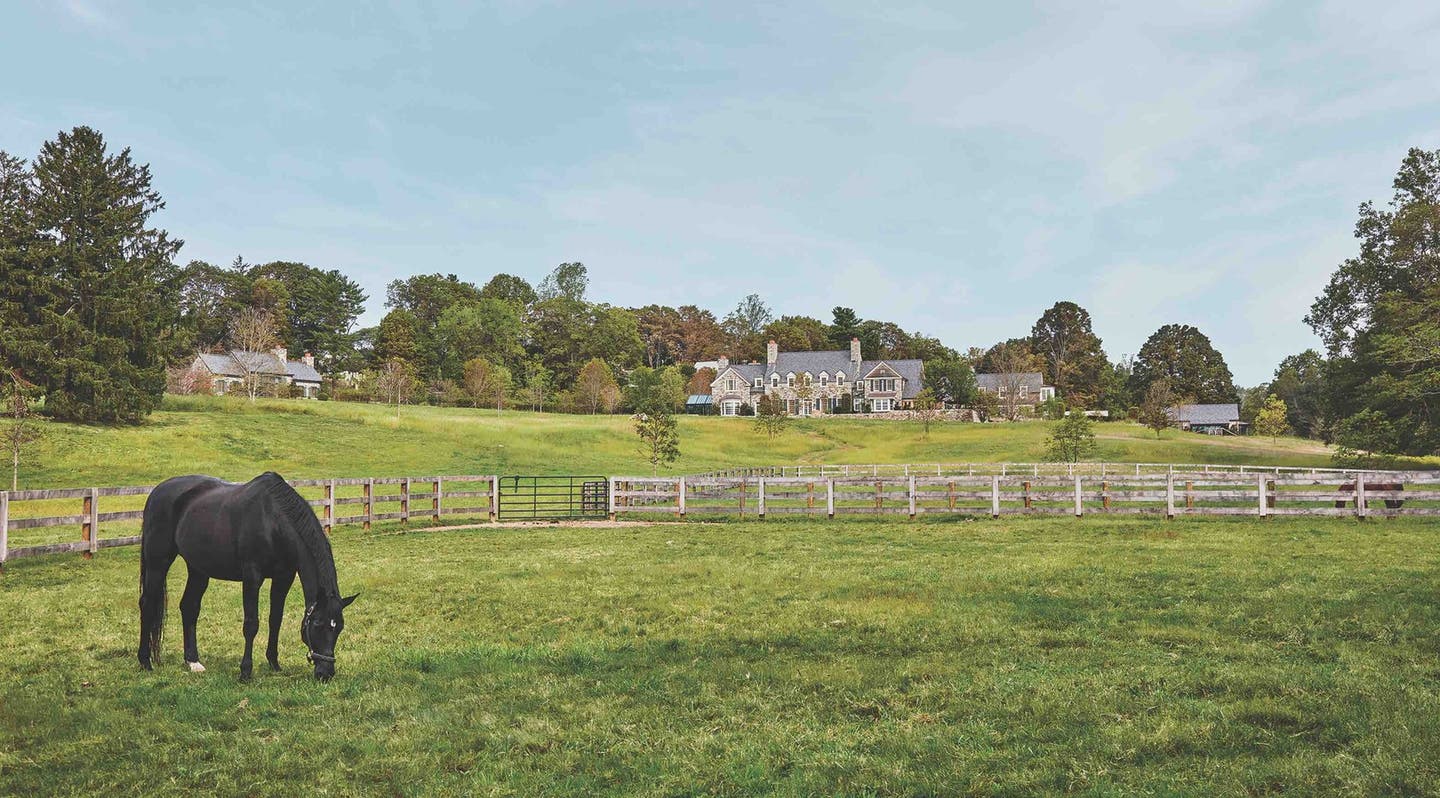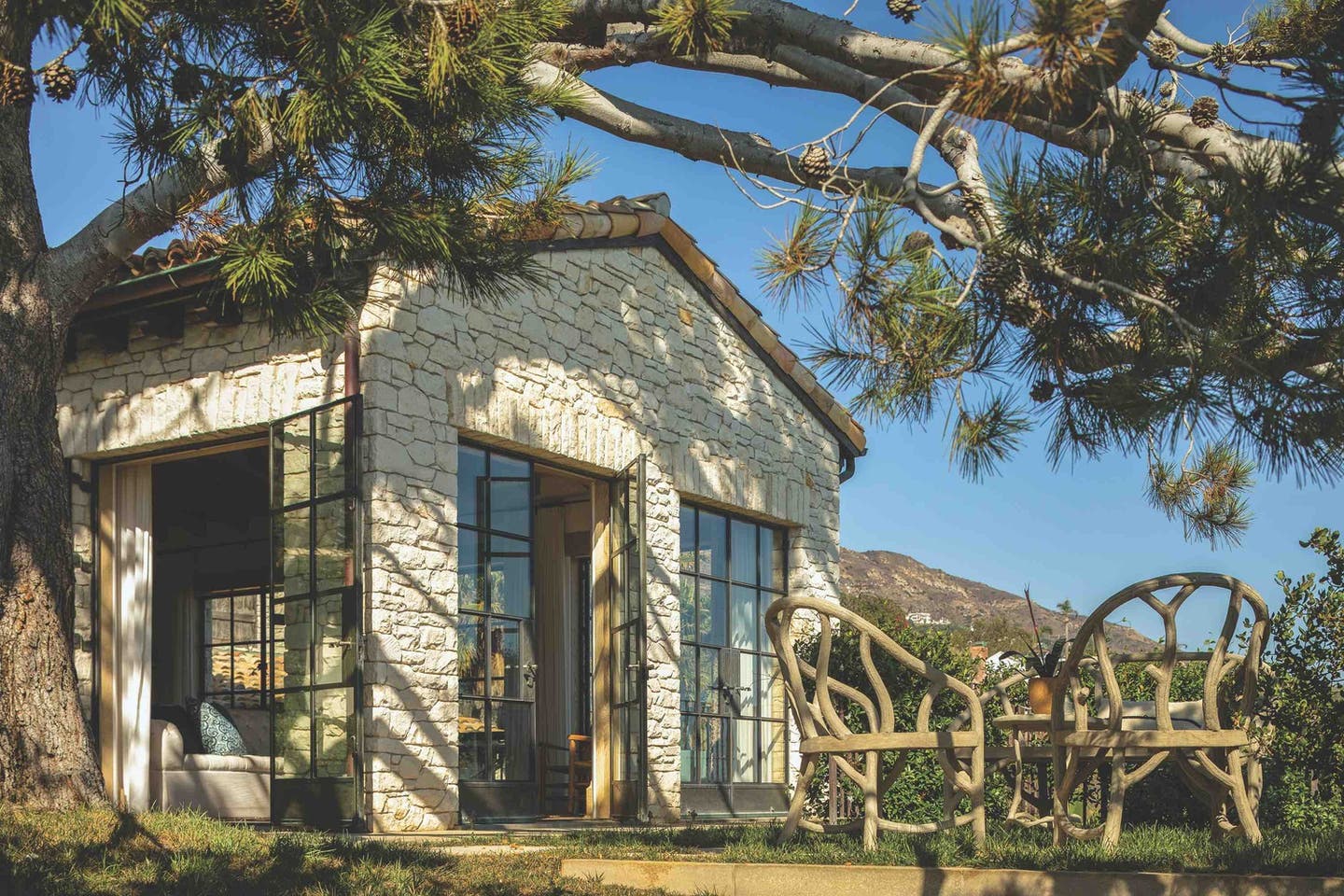
Restoration & Renovation
The Colonial Revival Interior
By John R. Tschirch, Architectural Historian
The colonial past conjures up images of sturdy Cape Cod houses, noble Georgian mansions, and elegant Southern plantations. We envision domestic bliss lived out by our forebears in cozy rooms with generous fireplaces, spinning wheels, and grandfather clocks. It is a romantic view of a bygone era but it is a powerful one, the very basis of the influential Colonial Revival movement. Born of a desire to capture an idyllic vision of the nation’s heritage, architects, writers, and artists searched through history to create something they believed to be distinctly American.
One could say the Colonial Revival began with George Washington, a photograph, and a kitchen. In 1853, Washington’s heirs put up the dilapidated Mount Vernon for sale. Determined to save the national treasure, Pamela Cunningham of South Carolina led the charge. She created the Mount Vernon Ladies Association, which bought the property and opened it to the public. Saving the houses of our founding fathers became the fashion and seeking out the beauties of the Colonial preoccupied many an artist. With the new technology of the camera, architects began to record historic buildings, among first being Charles Follen McKim, who published one of the earliest photographs of an 18th-century house in the New York Sketchbook of Architecture (1874). Depicting the shingled facades and finely detailed carving of the main entrance to Bishop Berkeley’s “Whitehall” (c. 1728) in Middletown, Rhode Island, the photograph illustrated an appreciation for the craftsmanship of Colonial architecture and its associations with a heroic past. Featured in the architectural press, the Colonial Revival became the latest design craze. On the popular front, an exhibit at the Philadelphia Centennial of 1876 introduced the new style to a vast public audience. A generous fireplace, spinning wheel, ladder-back chairs, and ceramics were staged as a Colonial kitchen, which drew thousands of visitors. The event made it clear that the United States was one hundred years old and now had a history to look back upon.
Of the many designers and tastemakers to champion the Colonial Revival, two stand out for their singular achievements. Henry Davis Sleeper introduced a sense of whimsy and Wallace Nutting demonstrated how the past could be adapted to a mass market. Both men devoted themselves to intense study yet their ultimate goal was not to reproduce the past but to design a compelling atmosphere that evoked the spirit of the Colonial era. They were highly influential and left behind a remarkable legacy.
Henry Davis Sleeper was a member of a prominent and wealthy Boston family. At a young age, he collected doors, windows, fireplace mantels, and assorted architectural features from forlorn Georgian houses. He had his moment when creating his own summerhouse, “Beauport,” in Gloucester, Massachusetts. Rising on the rocky coastline, as if from a storybook, the house is a rambling collection of towers, gables, and dormers. Inside, a true fantasy awaits in the Master Mariner’s Room. The highlight of this remarkable space is a late 18th-century door from Newport, Rhode Island. There is a monochromatic treatment of the architectural details and furnishings, all in a general light tone, to unify the entire composition. Chairs, bookstands, tables, nautical equipment, and assorted 17th- and 18th-century decorative objects were carefully staged in a room for an imaginary occupant, a mariner from days of old. This romantic spirit in the arrangement of an interior is at the very heart of the Colonial Revival. It is more than history. It is the past staged as theater to entice and entertain.
Wallace Nutting, a Congregational minister, antiquarian, writer, and entrepreneur, took the camera and created an imaginary Colonial world that had broad appeal. Riding his bicycle through the New England countryside, he sought out long-forgotten places. Particularly adept at staging pretty young women in period costume, his photography of 18th-century interiors, furniture and landscapes presented a sentimental view of a gentler time. Rose bedecked arbors, weather-worn houses, and parlors furnished with old prints and Windsor chairs populate Wallace Nutting’s photographs, which reaped a handsome profit in sales. He was among the first to successfully market reproduction furniture and became a noted author of books on American decorative arts.
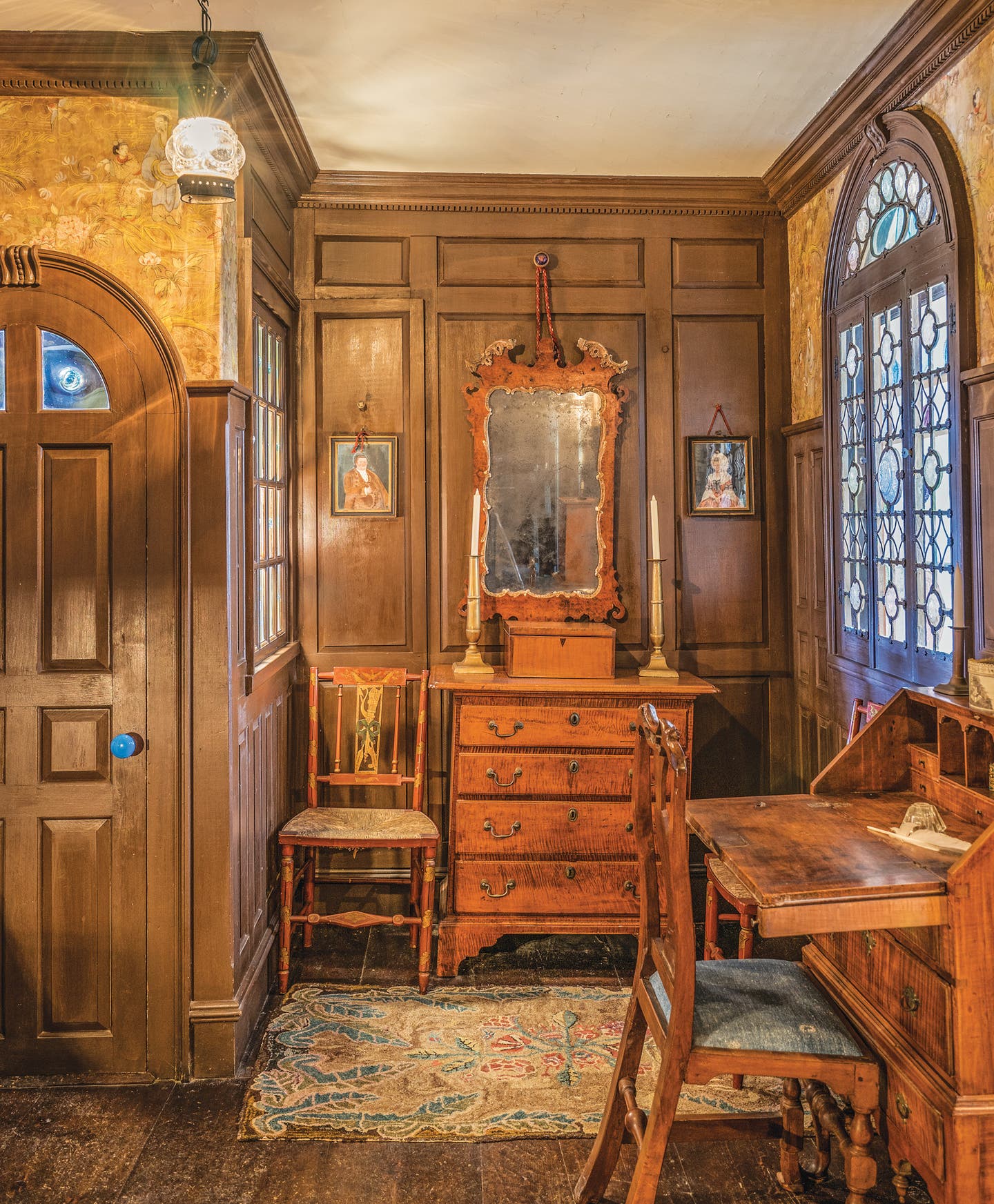


History, architecture, and decorative art inspired Sleeper, Nutting, and countless other talented designers to create their distinct versions of houses and interiors that appeared as if out of some Colonial dream. In doing so, they created an enduring classical style.
John Tschirch is an architectural historian, writer and teacher specializing in the architectural and social evolution of historic houses and landscapes.



